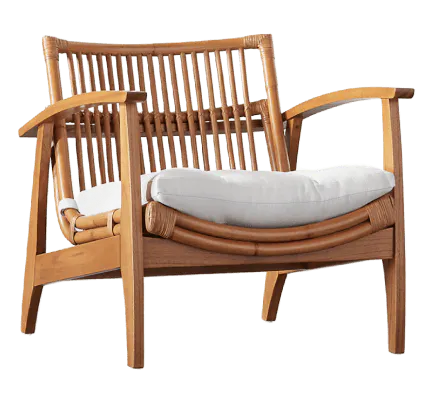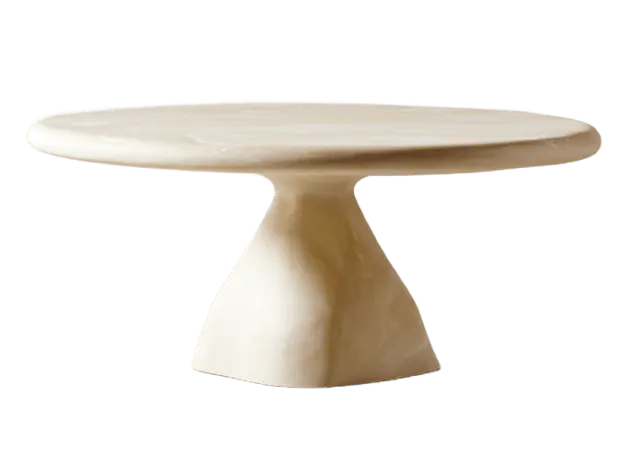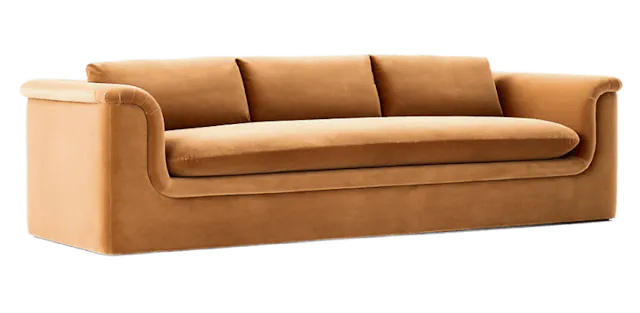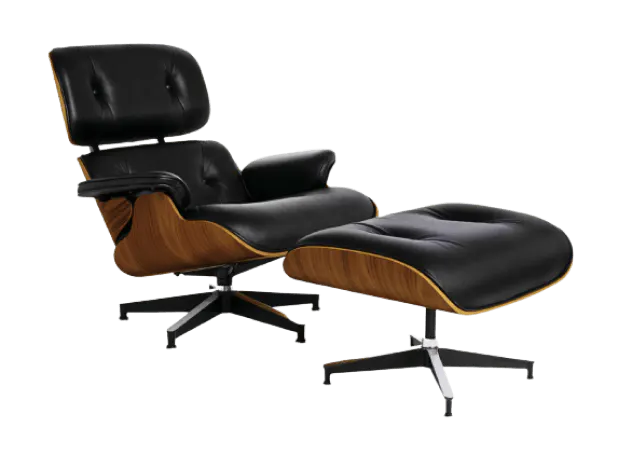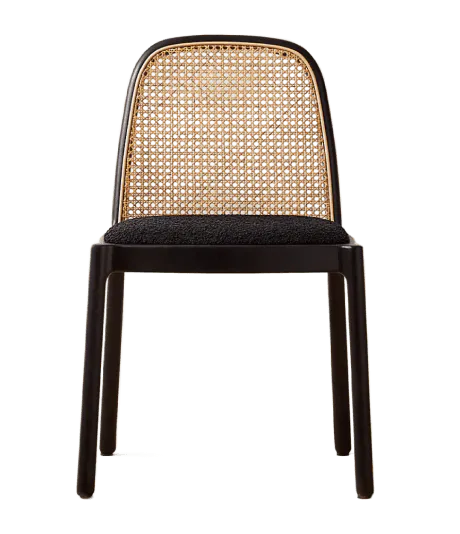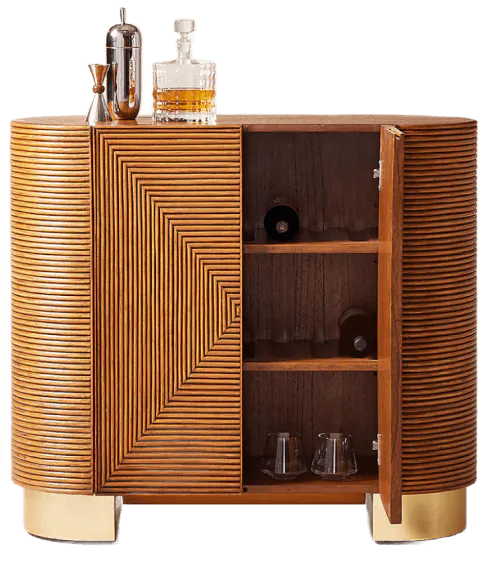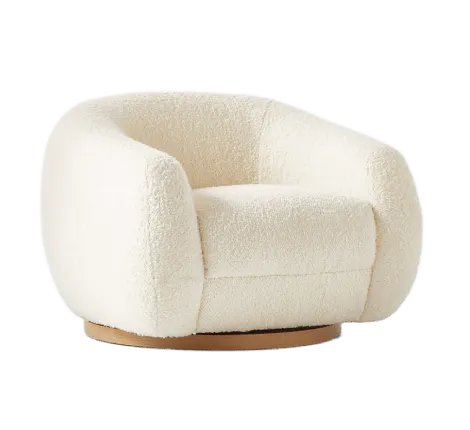Mirror Nightstand
Things to consider
Size is important. Measure the space where the nightstand will go to make sure it fits well.
Look at the storage options. Decide if you need drawers or if a simple table will do.
Think about the style. Match the nightstand with the rest of the room's decor for a cohesive look.
Check the quality of the mirrors. Clear mirrors that do not distort images are best.
Consider the material. Nightstands can be made of wood, metal, or other materials, which affect durability.
Price matters. Set a budget and find a nightstand that offers good value within your price range.
Look for easy assembly. Some nightstands come pre-assembled, while others require you to put them together.
Think about maintenance. Consider how easy it is to clean and keep the nightstand looking new.
Good to know
How big should a mirror over a nightstand be?
Q1. The size of a mirror over a nightstand generally depends on the size of the nightstand and the room's overall decor. As a rule of thumb, the mirror should be proportionate to the nightstand, usually around two-thirds the width of the nightstand. This ensures balance and enhances the aesthetic appeal without overwhelming the space.
Why do people put mirrors behind nightstands?
Q2. People put mirrors behind nightstands to create an illusion of depth and amplify the natural light in the room, making the space appear larger and brighter. The reflective surface of the mirror adds a touch of elegance and can enhance the decor by reflecting complementary elements from the room.
Should nightstands be higher or lower than mattresses?
Q3. Ideally, nightstands should be level with or slightly lower than the top of the mattress. This positioning ensures ease of access to items on the nightstand and maintains a cohesive look in the bedroom. Having the nightstand too high or too low can disrupt the visual harmony and functionality of the space.
What are some alternatives to traditional nightstands?
Q4. Some alternatives to traditional nightstands include floating shelves, small ladders, stackable crates, or a chair with a flat seat. These options can serve as unique and functional substitutes, providing storage and style while complementing the room's decor.
How do I maintain and clean a mirror nightstand?
Q5. To maintain and clean a mirror nightstand, regularly dust the surface with a soft, microfiber cloth to prevent buildup. For deeper cleaning, use a glass cleaner or a mixture of water and vinegar, applied with a non-abrasive cloth to avoid scratches. Make sure to dry the surface thoroughly to prevent streaks or water spots.
How big should a mirror over a nightstand be?
Q1. The size of a mirror over a nightstand generally depends on the size of the nightstand and the room's overall decor. As a rule of thumb, the mirror should be proportionate to the nightstand, usually around two-thirds the width of the nightstand. This ensures balance and enhances the aesthetic appeal without overwhelming the space.
Why do people put mirrors behind nightstands?
Q2. People put mirrors behind nightstands to create an illusion of depth and amplify the natural light in the room, making the space appear larger and brighter. The reflective surface of the mirror adds a touch of elegance and can enhance the decor by reflecting complementary elements from the room.
Should nightstands be higher or lower than mattresses?
Q3. Ideally, nightstands should be level with or slightly lower than the top of the mattress. This positioning ensures ease of access to items on the nightstand and maintains a cohesive look in the bedroom. Having the nightstand too high or too low can disrupt the visual harmony and functionality of the space.
What are some alternatives to traditional nightstands?
Q4. Some alternatives to traditional nightstands include floating shelves, small ladders, stackable crates, or a chair with a flat seat. These options can serve as unique and functional substitutes, providing storage and style while complementing the room's decor.
How do I maintain and clean a mirror nightstand?
Q5. To maintain and clean a mirror nightstand, regularly dust the surface with a soft, microfiber cloth to prevent buildup. For deeper cleaning, use a glass cleaner or a mixture of water and vinegar, applied with a non-abrasive cloth to avoid scratches. Make sure to dry the surface thoroughly to prevent streaks or water spots.
How big should a mirror over a nightstand be?
Q1. The size of a mirror over a nightstand generally depends on the size of the nightstand and the room's overall decor. As a rule of thumb, the mirror should be proportionate to the nightstand, usually around two-thirds the width of the nightstand. This ensures balance and enhances the aesthetic appeal without overwhelming the space.
Why do people put mirrors behind nightstands?
Q2. People put mirrors behind nightstands to create an illusion of depth and amplify the natural light in the room, making the space appear larger and brighter. The reflective surface of the mirror adds a touch of elegance and can enhance the decor by reflecting complementary elements from the room.
Should nightstands be higher or lower than mattresses?
Q3. Ideally, nightstands should be level with or slightly lower than the top of the mattress. This positioning ensures ease of access to items on the nightstand and maintains a cohesive look in the bedroom. Having the nightstand too high or too low can disrupt the visual harmony and functionality of the space.
What are some alternatives to traditional nightstands?
Q4. Some alternatives to traditional nightstands include floating shelves, small ladders, stackable crates, or a chair with a flat seat. These options can serve as unique and functional substitutes, providing storage and style while complementing the room's decor.
How do I maintain and clean a mirror nightstand?
Q5. To maintain and clean a mirror nightstand, regularly dust the surface with a soft, microfiber cloth to prevent buildup. For deeper cleaning, use a glass cleaner or a mixture of water and vinegar, applied with a non-abrasive cloth to avoid scratches. Make sure to dry the surface thoroughly to prevent streaks or water spots.
